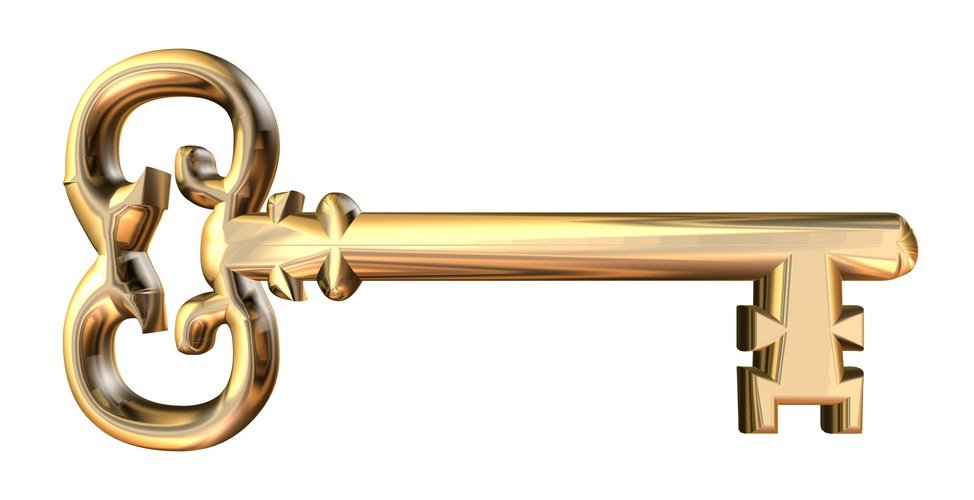Zimbra Email
- accessed under student drop down menu on our school web page: http://sahali.sd73.bc.ca
- Login: firstname.lastname (example sarah.jones)
- Password: Your student number
Zimbra is where teachers will send emails to, where MyEd (our student record system) will send password resets to and where information regarding online courses will go. You can send and receive email from this free account. Your email address in Zimbra is firstname.lastname@student.sd73.bc.ca (example sarah.jones@student.sd73.bc.ca)
Linux
- accessed on all school computers
- Login: first intial, followed by last name (example Sarah Jones is sjones)
- Password: Your student number
Linux is an open source operating system that controls all the school district computer systems. There are many servers around the school district and each school has their own. Each student has a set amount of memory space held in their personal account for storing school work that is housed on our school server and other servers around the district. To access your files, they are stored on what is called the H Drive. As part of the operating system, Linux includes games, photo, audio and video editing programs, access to the internet through two browsers (Firefox and Chrome) and a free office suite (like Microsoft Office) called Libre Office. This allows you to create documents, spreadsheets and presentations. It does not share easily with Microsoft or Apple products, however.
Google Apps for Education (GEDU)
- accessed on any computer (home, school or phone (*if apps have been added to phone)
- Login: firstname.lastname@gedu.sd73.bc.ca (example sarah.jones@gedu.sd73.bc.ca
- Password: Your student number
This free group of Google Tools includes Docs, Sheets, Forms, Slides and Drawing. Many teachers use these tools in combination with Google Classroom. There is unlimited storage in this setting and easily allows students to share and collaborate with each other and with teachers. Because it is a "domain," it is protected from access by outside sources. It is not easy to share outside the domain and there are restrictions for students under the age of 13, as to what tools can be easily accessed. It is important to note that GMail was not included in this group. Our school district has insisted on student use of Zimbra email, which occasionally causes problems with sharing of assignments between students and teachers.
MyEducationBC
- accessed through our school webpage - click on the MyEd Green icon
- Login: firstname.lastname@student.sd73.bc.ca (Zimbra email address)
- Password: created by you after logging in with a temporary password given to you during training
MyEd (as teachers call it) is the provincial student information system that holds all student records and is also a place for teachers to post assignments and class information, if they choose. This is where student grades and test results can be found and where teachers find contact information and demographic records for students.
Destiny
- accessed through our school webpage (library icon) and through Destiny Quest app on phones
- Login: firstname.lastname
- Password: Student number
Destiny is the library catalogue and circulation system that allows students and staff to search, sign-out and return both print and digital materials. Students can put holds on both print and e-books they would like to read and can read e-books either on computers at school or on their phones. Books (print and digital) can be signed out for two week periods and a limit of 4 books per person is encouraged. Fines are given for lost books. If a book is found and returned in good condition after a fine has been paid, the fine will be refunded.
This system also allows students to sign out textbooks, so that they are responsible for maintaining the book in the quality it was signed out in. Damaged books should be reported and returned immediately!




